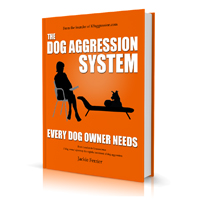Your cart is currently empty!
Environmental Enrichment (Part 2) Implementation
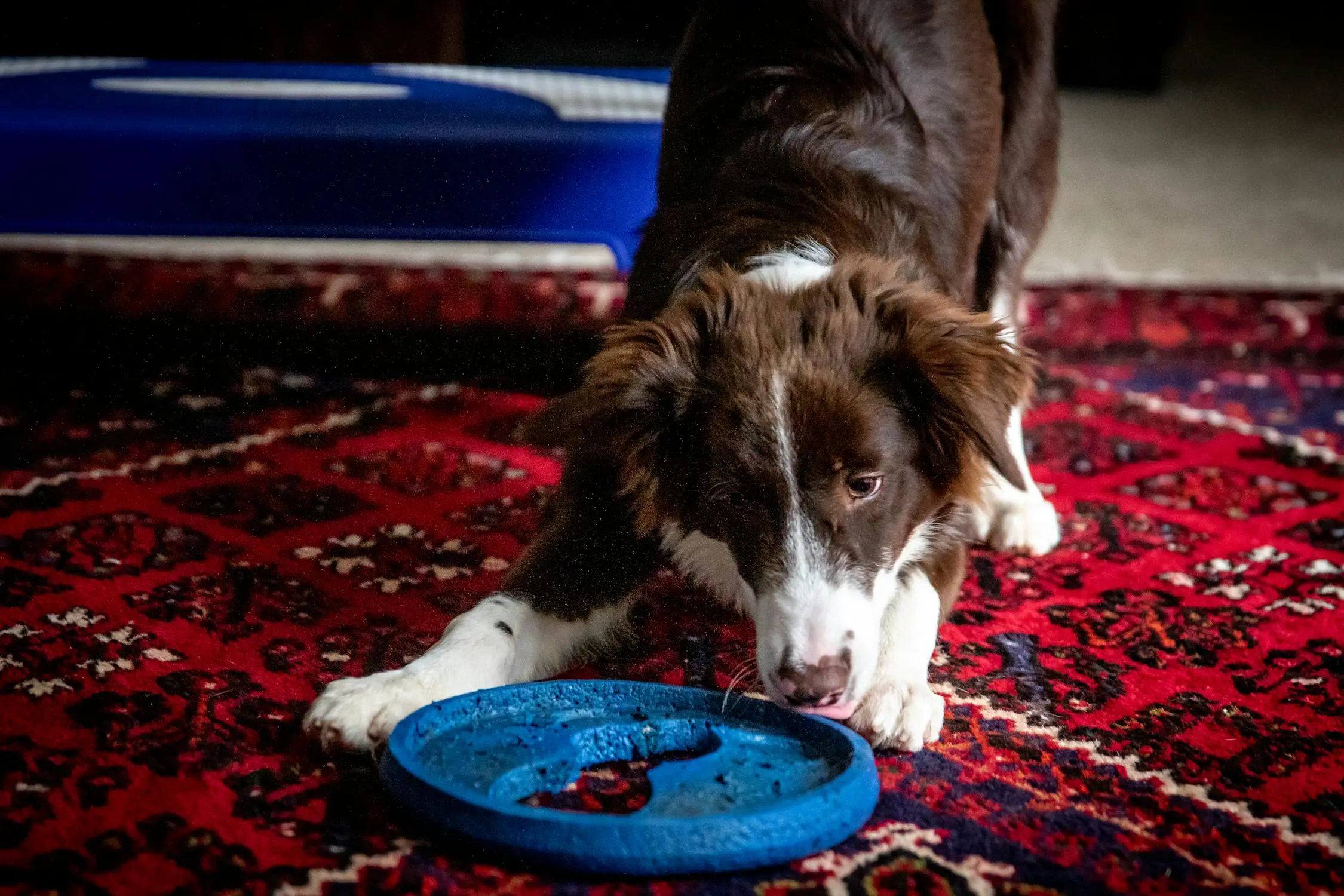
This is part 2 of the environmental enrichment for dogs from our upcoming book on dog aggression. Part 1 talked about why environmental enrichment is important in trerating aggression in dogs. In part 2 we will talk about some of the ways you can implement this.
To start, think about what dogs typically do. Some of the areas that you can start to think about are:
- Novel objects
- Novel sounds
- Allow them to explore parts of your home they don’t ordinarily get to, such as the basement or a closet or cupboard
- Take them to a new location they have never explored
- Positive based training
- Social enrichment (provided the dog is comfortable with who ever he is socially interacting with)
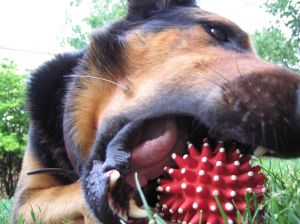
Consider the breed of your dog
Breeds typically were bred for a purpose. Understanding what your breed was bred for can help you come up with ideas. If your dog is a mixed breed, it could help to get a dog DNA test, or simply note what your dog has enjoyed in the past. Are they food crazy? Do they like to smell? Do they like to chase, do they like to hunt, do they like to dig, play tug of war?
Consider locations
There is a reason why dog’s enjoy going on walks so much they they often bond best with the person who walks them. However, this may be a bit of a challenge if your dog is aggressive. You will need to ensure your dog is benefiting by going for a walk, and not adding to his or her stress.
That said, if you have a car, take them for a drive if you can trust them in the car. Ideally drive where you can drive slowly and if possible open up the window safely to let them take in the smells.
Coose places where they have time to just sniff, if they are the kinds of dog who enoy that, but again, pay attention to the degree to which they might get anxious. Some dogs become anxious with change,
A couple points to remember:
- Nothing should frighten your dog or make them more anxious
- It should be something they want to interact with on some level
- Anything you do should be short and not overwhelming, and should allow your dog opportunity to make decisions.
- All toys and objects can break, splinter or fall apart. If your dog swallows something he shouldn’t, it could be a trip to the vet or worse, so always make sure you supervise
- Training can be fun for your dog but also frustrating and often mentally exhausting. Do some research on what would be naturally fun for your dog to learn. Clicker training is an amazing place to start. If your dog might startle from the sound of it then consider a quieter clicker, or another device that makes a less alarming sound.
- Consider engaging a trainer. It’s amazing how many resources trainers have to engage with dogs.
- There are activities that are often performed in groups, like agility training that might not work with your dog is they have to be around other dogs. But there are kits you can use in your home or backyard.
Do some research. Start a list. Plan some time to angage your dog.
Next let’s check out some ideas.
Go to Part 1: Environmental Enrichment: Why it’s important
Go to Part 3: 15 Tips on how to Beat Boredom for your Dog
Go to Part 4: Environmental Enrichment: Play and Exercise
This article has been adapted from The Dog Aggression System Every Dog Owner Needs book.
ADVERTISEMENT
The Dog Aggression System Every Dog Owner Needs E-book
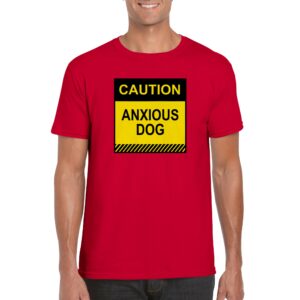
Anxious Dog Shirts only available in our shop
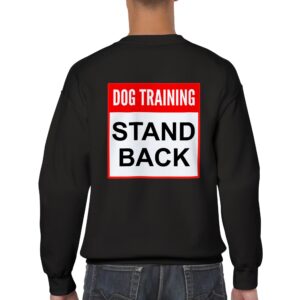
Keep people away with our Stand back shirts
ADVERTISEMENT
ADVERTISEMENT
Tags:

